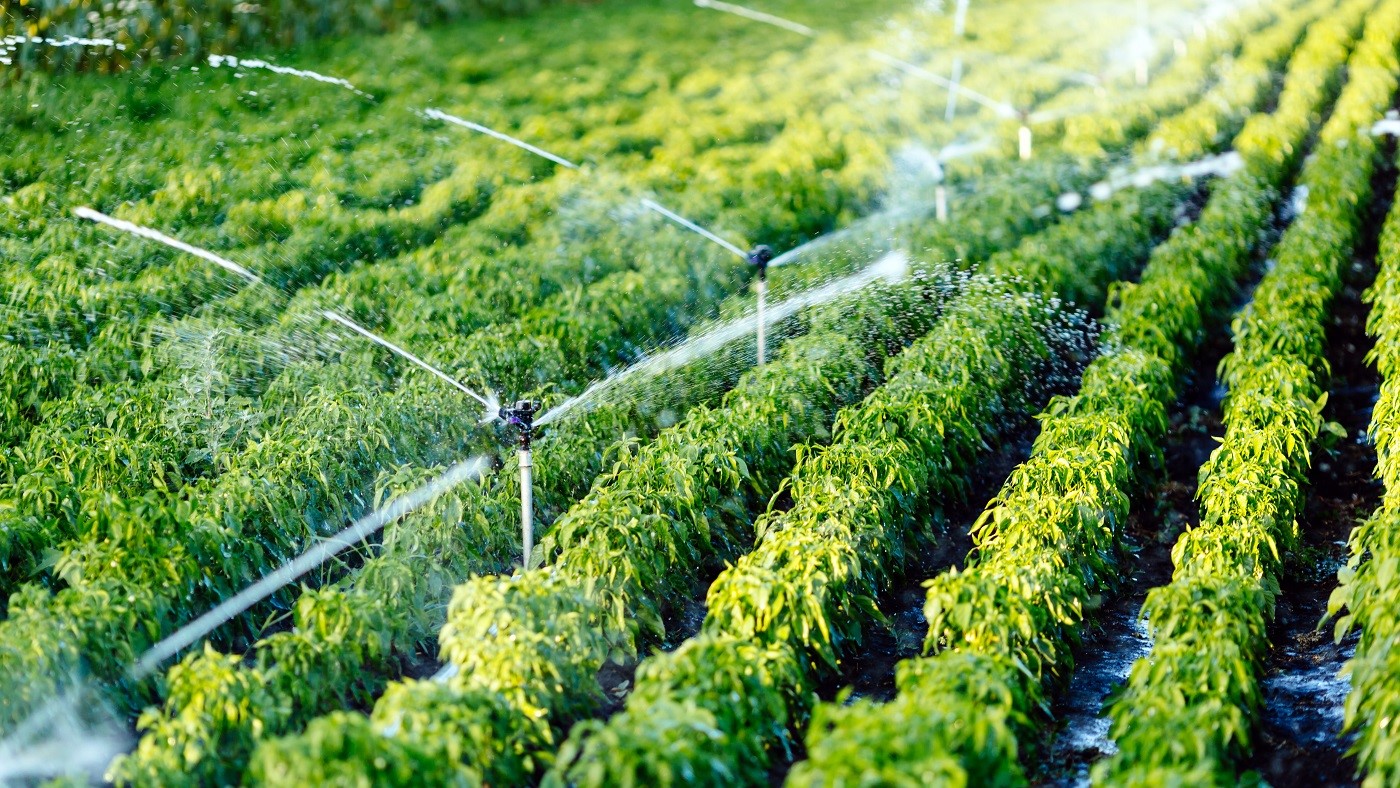In 2025, around 3.5 billion people will be living in water-scarce areas, while water demand is set to rise by 30% by 2050. It is also estimated that the number of people at risk of flooding will increase to 1.6 million in 2050, compared to 1.2 million today. Given this scenario, water utilities are implementing technological solutions to achieve efficient water cycle management.
According to Idrica, some of this year’s technological trends revolve around pre-emption and prevention, security, reuse, automation, optimization and planning. These trends can be harnessed to tackle the challenges caused by demographic growth, changes in the economy and accelerated climate change, and will be shaped by the use of technology, which can help to anticipate and forecast adverse climate phenomena.
Given the impact of climate change, early warning systems are set to play a key role in risk management thanks to their ability to predict floods and overflows. Their implementation, together with the deployment of monitoring and management solutions for sanitation systems, will reduce climate impact thanks to the integration and advanced analysis of available data.
On the other hand, security-related issues, and more specifically cybersecurity, are becoming increasingly relevant in a service as important as the supply of water. Therefore, utilities will continue to focus on both offline and online security this year to overcome the challenges of digital transformation. Protecting infrastructures from attacks will increasingly become a priority, as a way of ensuring high-quality supply to the entire population and safeguarding citizens’ data.
Another trend for 2023 is water reuse. Current data on net consumption of drinking water in irrigation and industrial processes in the most developed countries as well as forecasts for the growth of water demand in the coming years, make water reuse especially relevant. Likewise, guaranteeing public and environmental health and complying with the legal provisions on physical, chemical and biological parameters require a series of technologies that will be increasingly used by water utilities from 2023 onwards.
One of the trends with the greatest potential to improve the current water situation in 2023 is driven by concerns over process optimization, which will lead to greater automation. The integration of data in innovative, vendor-agnostic, technological solutions is the first step towards preventive, automatic management of the entire water cycle. This will enable asset managers to improve operations and management, reduce costs and add value for customers. Automation will provide a response to extreme events, as well as process management in DWTPs, WWTPs and irrigation.
Efficient management also involves water optimization. This strategy is necessary and must go hand in hand with technology. 2023 will be a year of innovations, but also of maturing technologies in areas such as agriculture and energy, a sector that is closely related to water. Yet it will also be a year in which better internet connection speeds and artificial intelligence will bring a different perspective to address the challenge of optimization, driving further progress.
Along the same lines, the hydrological situation requires a strategic rethink. Thus, water planning gains prominence as a tool, since it focuses on the efficient use and sound management of resources thanks, in part, to technology. Water planning tools have become a key enabler, since they provide real-time, accessible, reliable information that makes it easier to ascertain and assess the status of available resources, which is the first step that must be secured in water planning. The objective is to offer new technological outlooks and approaches to a basic element of water cycle management.
There is no doubt, therefore, that water utilities’ priorities will be shaped by technology and by digital transformation, as these are essential to meet the challenges ahead. This is why governments are launching plans and subsidies to increase water efficiency and resilience through digital transformation, which is a great opportunity for water utilities to implement digital projects, incorporate new technologies and promote the circular economy, converting information into business intelligence.
The six trends that Idrica has showcased in its latest report entitled “Water Technology Trends 2023: transforming utilities through innovation” include some of the key tools required to ensure water security, optimizing the management of our most precious resource.




